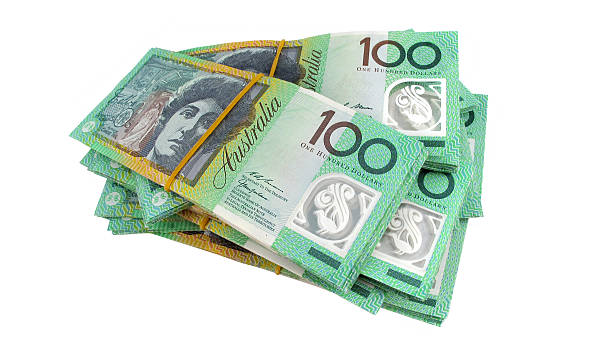The Australian Dollar dropped on doubts about the economic recovery for China after statistics revealed slowing activity. Chinese data today saw industrial production come in at 5.6% year-over-year to the end of April against the 10.9% forecast and March’s print of 3.9%. Retail sales for the same period were 18.4%, instead of the 21.9% expected and 10.6% previously. Fixed asset investment ex-rural and property investment also missed estimates printing at 4.7% and -6.2% respectively. Today’s numbers come on the back of soft inflation data last week and the People’s Bank of China (PBOC) leaving the 1-year medium-term lending facility (MLF) rate unchanged yesterday at 2.75%. Although they did add CNY 25 billion of liquidity. 10-year Chinese government bond (CGB) yields continue to trade near 2.7%, the level they were at in November last year prior to Covid-19 restrictions being lifted. AUD.USD had reclaimed 67 cents overnight on a weakening US Dollar but gave up some ground as concerns grow for Australia’s number one export destination. Ahead of the Chinese data, RBA meeting minutes showed that the decision to raise rates at the May meeting was finely balanced and stated, “Members discussed two options: holding the cash rate unchanged or increasing the cash rate by 25 basis points.” The case for keeping rates unchanged was based mostly on the recent deceleration in inflation. CPI was 7.0% year-on-year to the end of March, down from 7.8% at the end of December.

In The Argument For Hiking, It Was Noted That Although Price.
pressures appear to be decreasing, any reacceleration in inflation would extend the period that CPI remains above the target band of 2-3%. The bank’s current projections have this objective being meant in mid-2025. Australian jobs data will be released on Thursday and a Bloomberg survey of economists is anticipating the unemployment rate to remain unchanged at a 50-year low of 3.5%. AUD/USD TECHNICAL ANALYSIS AUD/USD has been in the 0.6565 – 0.6818 range for 12 weeks after making a false break to the topside last week. A false break is characterized by the price moving outside the recent range before closing the session back inside it. The 0.6785 – 0.6820 area might provide a resistance zone with several prior peaks in that region. On the downside, support may lie at the previous lows of 0.6636, 0.6574, 0.6565 and 0.6548. The 10-, 21-, 34-, 55-, 100-, 200- and 260-day Simple Moving Averages (SMA) are all within 0.6685 and 0.6788. This clustering of SMAs could signal that a range trade environment might persist for the time being. A definitive break above or below these SMAs may see momentum build in that direction in a potential volatility breakout.

